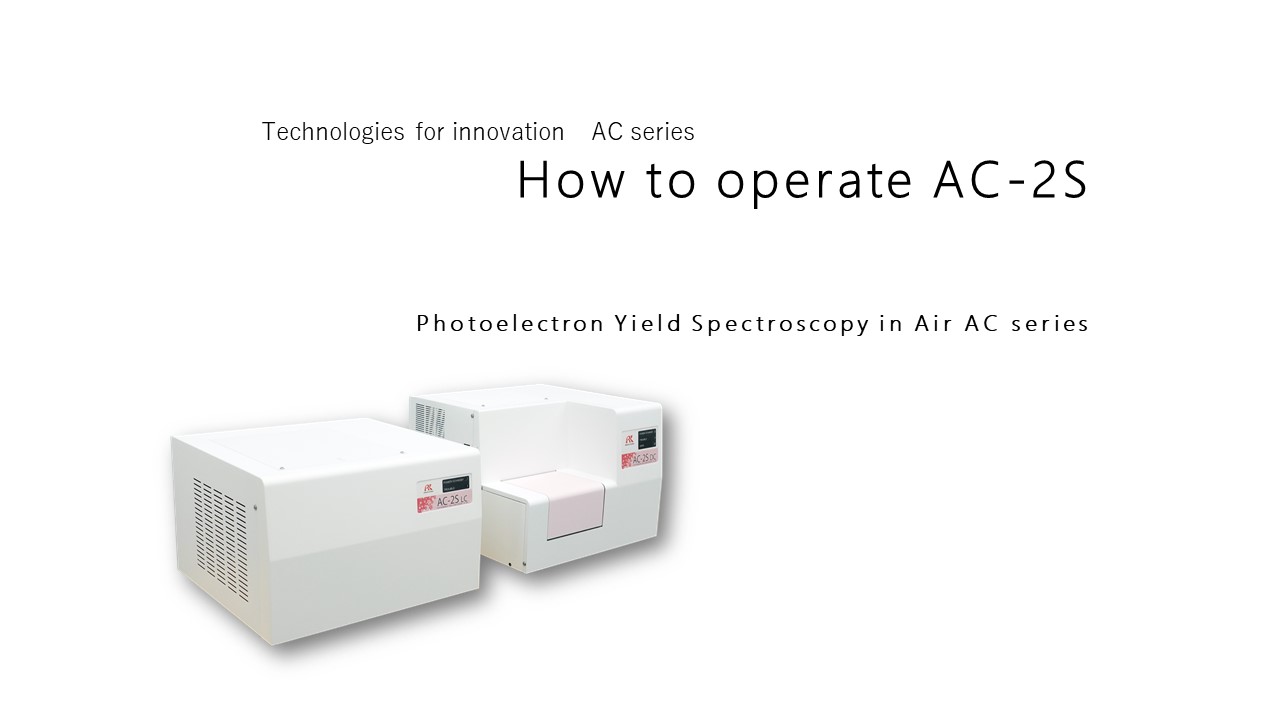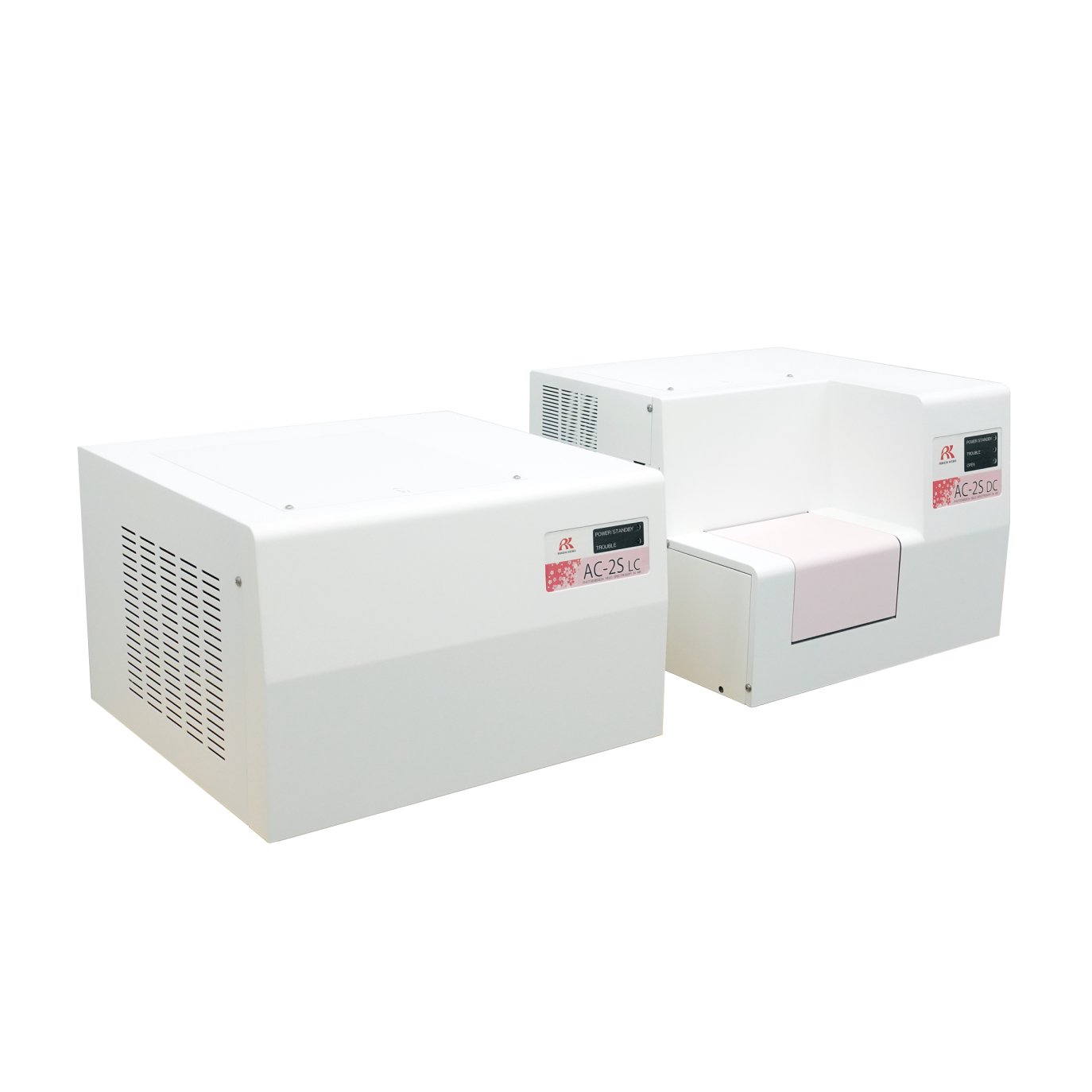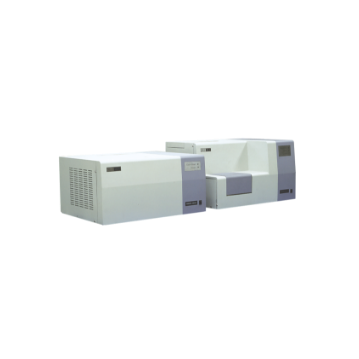AC Series
The AC series is the "gentlest surface analyzer" that uses an ultra-sensitive electron sensor to count photoelectrons one by one in the air.
The instrument irradiates the surface of a sample placed in the air with weak UV ray and extracts extremely small amounts of photoelectrons.
The measurement proceeds with minimal irritation to the sample surface.
We can know the surface state of a material from the relationship between the UV energy and the number of photoelectrons.
Now, let's measure the true surface as it is in the atmosphere, without destroying the surface by X-rays or electron beam irradiation or by extracting a large number of electrons.






